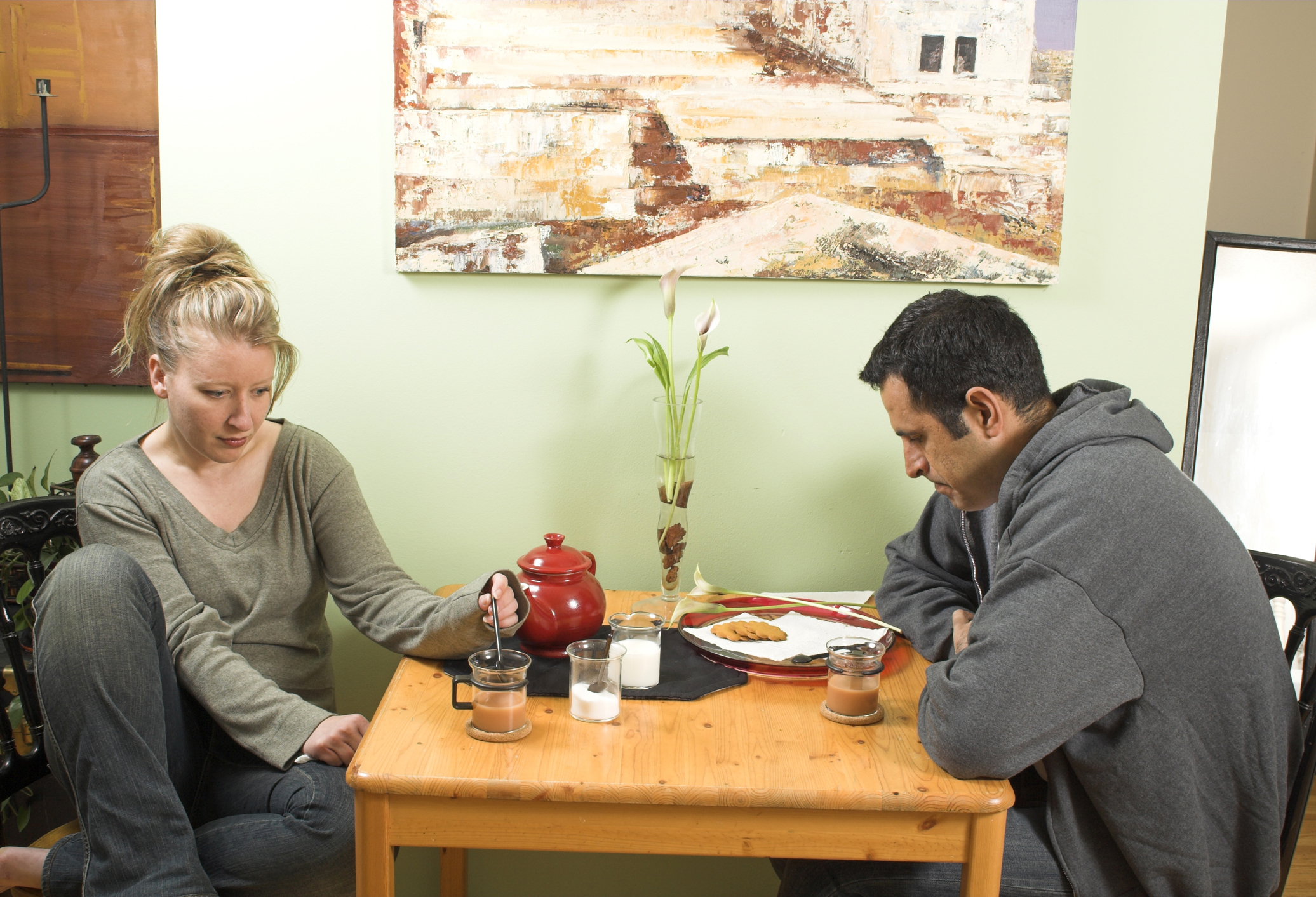
Do you struggle with switching out of work mode at the end of the day? If you find yourself constantly working, thinking about work, or talking about work, it can have a negative impact – especially on your relationships with others. This is why creating a good work-life balance is an important and healthy thing to do.
What is work-life balance?
Simply put, work-life balance is the time you spend doing your job versus the time you spend doing things you enjoy, like hanging out with the people you love [1].
A healthy work-life balance comes down to setting clear boundaries between your work and the rest of your life. This means knowing when to work and when to relax. However, if you do not have clear boundaries, work can negatively affect your relationships with others. If you find yourself bringing work home to do outside of work hours, it may take or interrupt time you would spend with your partner, children, friends, or family. This may be necessary every now and then, but if it happens a lot, it can start to hurt the people you care about [2].
There are several things you can do to make sure your work-life balance is healthy, and not interfering with your workload or your personal relationships.
If you struggle with motivation while you’re at work, try taking a minute to write out your thoughts in a way that is helpful to you. Making a list or writing in a journal can help you define your goals and remember what is important in your life. This can help you feel more confident in making decisions and increase positive emotions [3].
If you are looking for focused exercises, try a SMART goal setting exercise or a defining values exercise.
Distractions during work hours can make it harder to obtain a good balance of work and life. An easy way to separate ‘work’ from ‘personal’ is to make sure you have a designated workspace [4]. This could be at your office, a quiet room in your home, or even your favourite café. If you aren’t able to create a designated space for yourself, try wearing noise-cancelling headphones to help yourself focus.
Being able to control the environment you work in will allow you to limit your distractions [5]. When you enter that ‘work’ space, you can focus on getting your tasks done for the day. It also will help you transition from work to home when you leave it, giving you time to switch out of ‘work mode’ and relax.
If you find it hard to transition out of work mode, try putting away your work devices at the end of the day so you aren’t tempted to check in. You can also go for a walk to help establish a sense of distance. This is especially helpful for remote workers!
With mobile phones, most of us seem to be available 24/7. Receiving texts or messages from friends and family during work hours can get in the way of completing tasks. Similarly, checking work emails or getting calls from your boss when you’re not at work can interrupt important downtime.
If you feel your devices open up a door to distraction or ignored boundaries, consider leaving your device in another room or a drawer. This can be done during work hours or home time to help you focus on being present when (and where) you need to be. For those who use their personal devices for work, make use of filters and apps (such as Do Not Disturb) that will help limit your access to work notifications when you’re at home.
Creating a good work-life balance takes practice. Make sure you try different ways to help create that balance in your life to find what works best for you. This might even involve asking your friends and family to follow similar ‘no devices’ rules to ensure you are all present together.
By Helen Molloy
References
[1] Cambridge Dictionary. “Work-life balance, https://dictionary.cambridge.org/us/dictionary/english/work-life-balance.” Accessed December 19, 2023.
[2] Howard Kennedy. (2020). Relationship breakdown and the workplace. Available frrom: https://sites-howardkennedy.vuture.net/113/1332/landing-pages/relationship-breakdown-and-the-workplace-report.pdf
[3] Baikie, K. A., & Wilhelm, K. (2005). Emotional and physical health benefits of expressive writing. Advances in Psychiatric Treatment : the Royal College of Psychiatrists' Journal of Continuing Professional Development, 11(5), 338–346. https://doi.org/10.1192/apt.11.5.338
[4] Allen, T. D., Merlo, K., Lawrence, R. C., Slutsky, J., & Gray, C. E. (2021). Boundary Management and Work‐Nonwork Balance While Working from Home. Applied Psychology, 70(1), 60–84. https://doi.org/10.1111/apps.12300
[5] Clark, S. C. (2000). Work/Family Border Theory: A New Theory of Work/Family Balance. Human Relations (New York), 53(6), 747–770. https://doi.org/10.1177/0018726700536001









